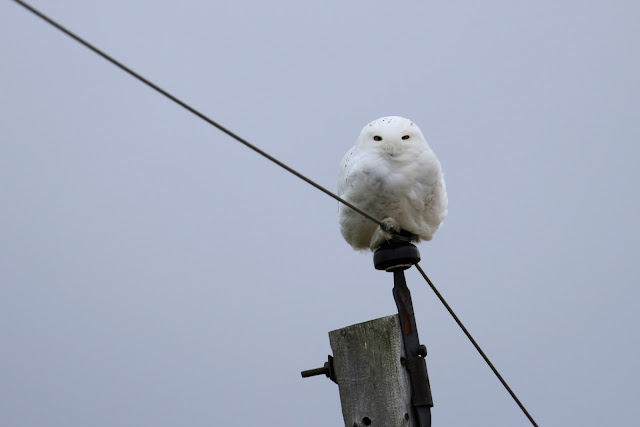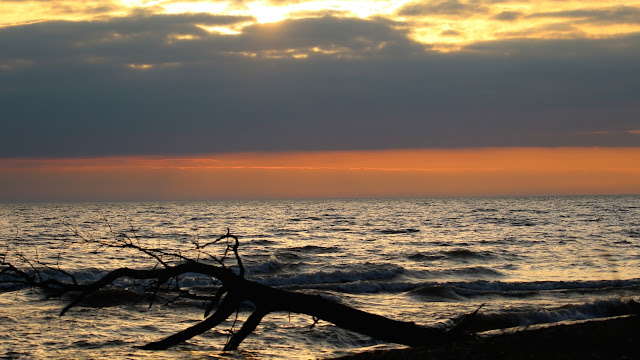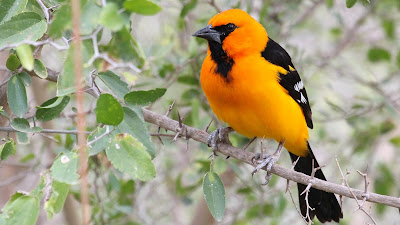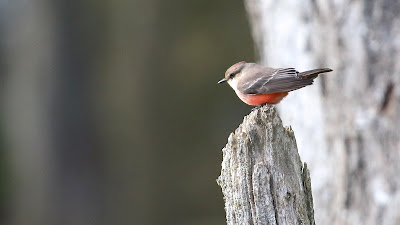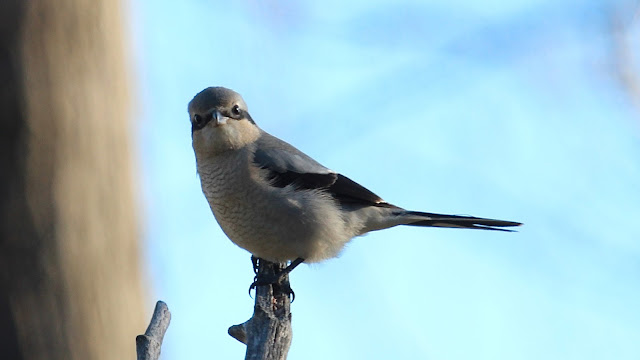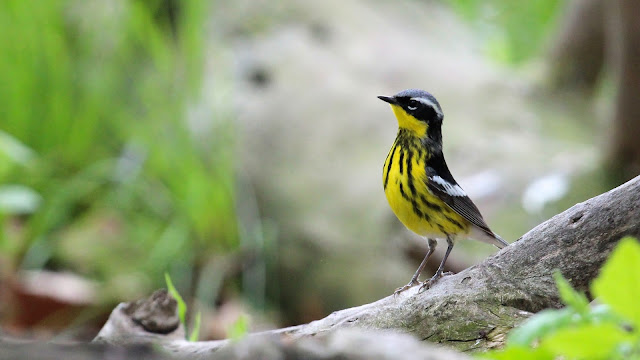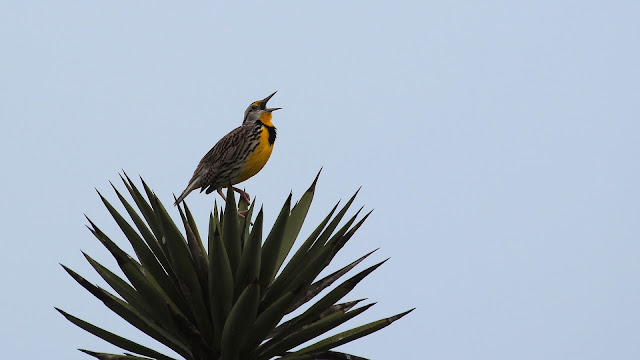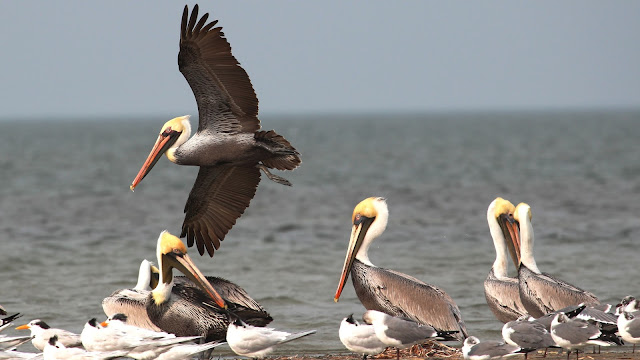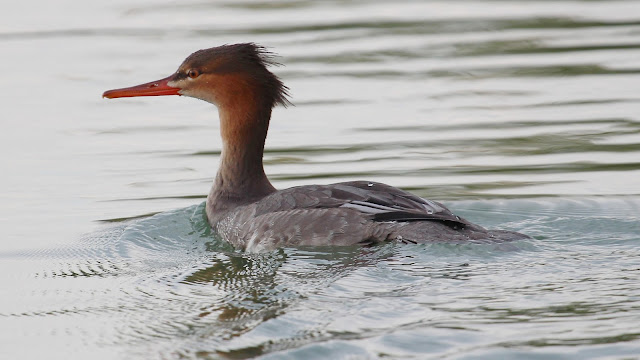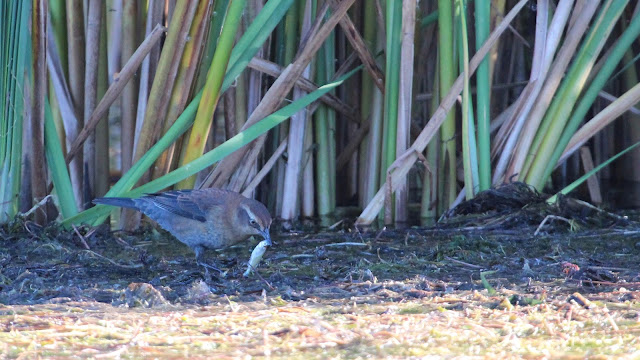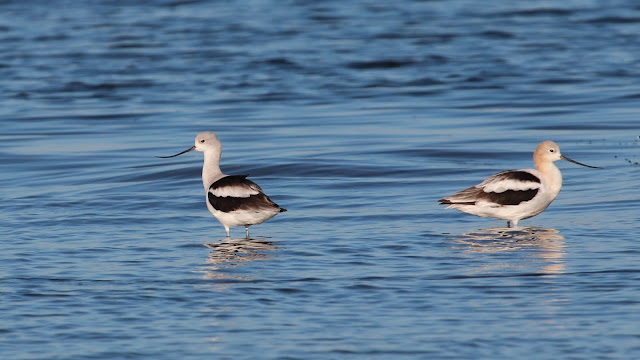American coot

We have had thousands of these birds in Rondeau Bay, always to far out for a good photo. There was a pair walking along the median at Erieau the other day and I took advantage of the situation. Fulica americana The ecological impact of common animals, like this ubiquitous waterbird, can be impressive when you add it all up. One estimate from Back Bay, Virginia, suggested that the local coot population ate 216 tons (in dry weight) of vegetation per winter.

